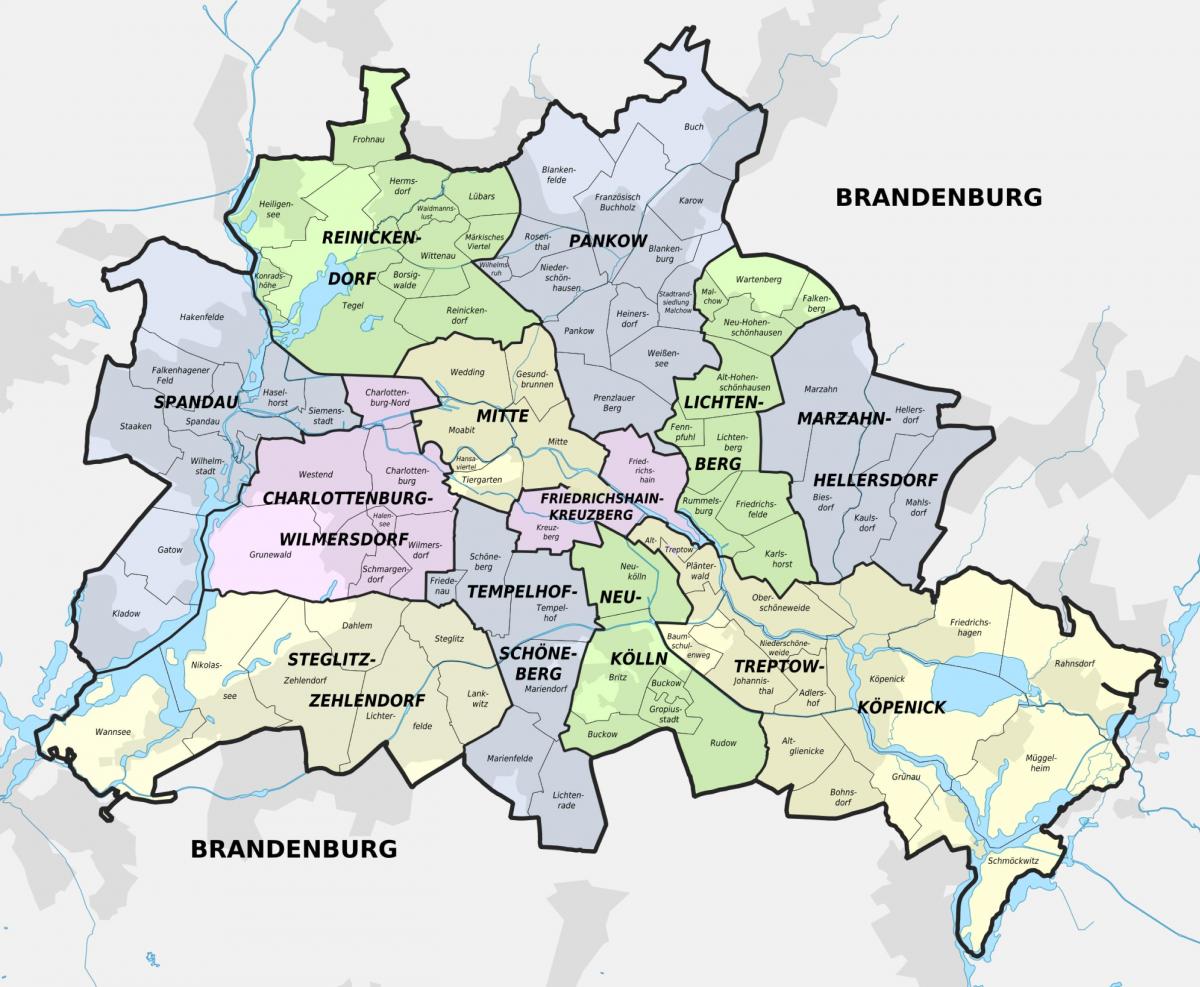search
Berlin on map
A map of berlin. Berlin on map (Germany) to print. Berlin on map (Germany) to download. With a population of close to 3.5 million, Berlin is the country largest city (see berlin on map). Berlin is the second most populous city proper and the seventh most populous urban area in the European Union. Berlin has been a center for national and international immigration since the Edict of Potsdam in 1685. Waves of immigrants entered in the 1960s and 1970s, while in the 1990s the Aussiedlergesetze made immigration from the former Soviet Union possible.
Berlin has a population of 3.5 million in 2016, up slightly from 3.4 million in 2014. The city is the center of the Berlin-Brandenburg Metropolitan Region with a population of 5.8 million people from more than 180 countries. The Berlin urban area (its shown in berlin on map) goes beyond the city limits with a population of approximately 3.7 million. In 2016, berlin had a population density of 3,809 people per square kilometer.
The spatial organization of Berlin is marked by a polycentric structure inherited from history (see berlin on map). The 23 district centers and their sub-centres are strongly marked, especially in the western part of berlin. The eastern part of berlin is today rather characterized by an organization around the old historical center.
Berlin on this map is divided into 12 different neighbourhoods (Bezirke in German), with each of it having its own vibe and feel. Each of these berlin neighbourhoods consists of several districts (Ortsteile oder Kieze in German). So if somebody is telling about the fantastic Prenzlauer Berg neighbourhood you can correct him/her and tell him/her that Prenzlauer Berg is actually a district of Pankow. Occasionally you will hear the German word “Kiez” which describes even smaller parts of the different districts of berlin such as the Kollwitzkiez in Prenzlauer Berg which is part of Pankow.


